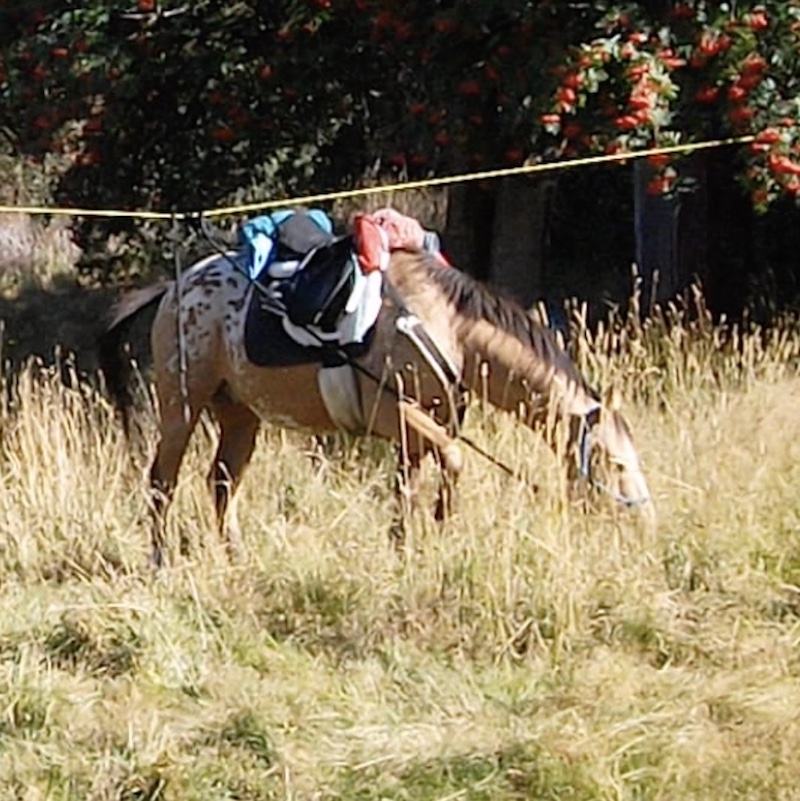HUTS
Using Huts
Many of the huts in the St James are historic and therefore no hut fees are payable but do refer to the DoC website to check. Some huts are serviced.
There may not be bunks left at the hut you are aiming for, especially on long weekends and holidays. Be prepared to sleep in your own tent or a bivvy bag.
Not all huts have paddocks for horses but HSHR is working hard to build paddocks where there haven’t been any.
Always leave huts clean and tidy with dry firewood stacked for the next person. Kick your horse manure when you leave paddocks so it breaks down quickly. Horses should be kept a good distance from huts and any manure should be removed from immediately around the huts, not just spread out.
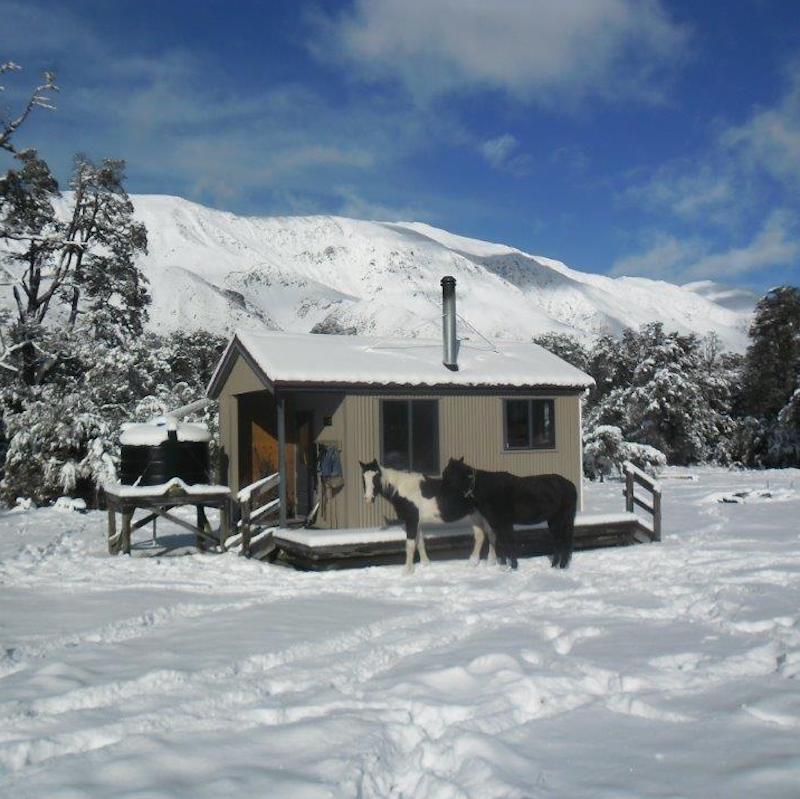
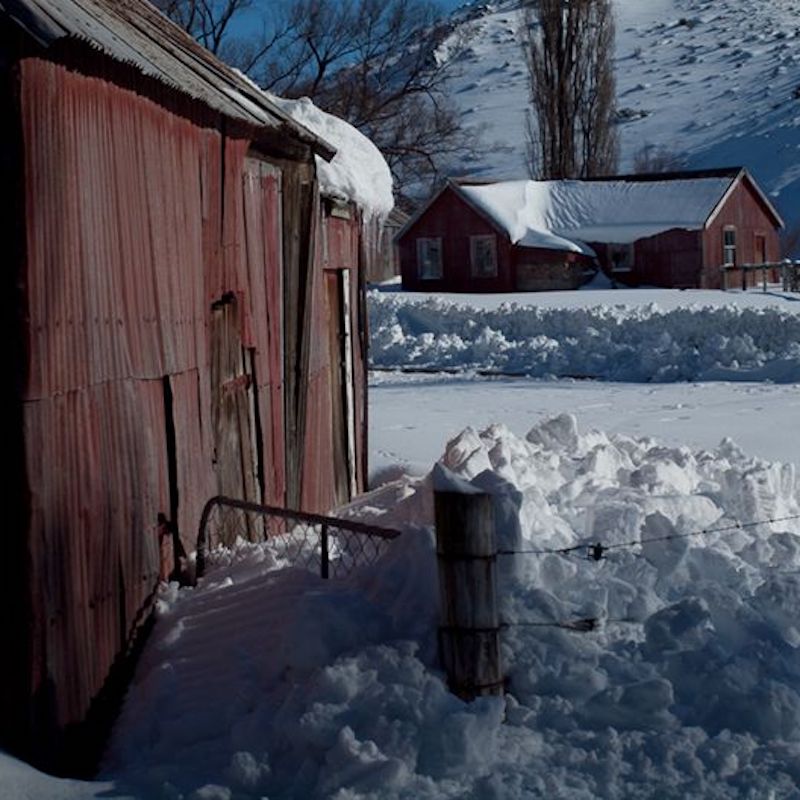
St James Homestead
The current St James Homestead is a collection of historic buildings (stables, woolshed and cookshop) which are gradually being restored.
There are no huts for public use at St James Homestead so you need to take your own camping gear.
There are numerous small holding paddocks for horses as well as the cattle yards at which the biennial St James Horse Sale are held.
Stanleyvale Hut
This historic rammed earth hut was once part of the Stanleyvale Run. It is a 3 hour ride over Fowlers Pass from Fowlers Hut in the Clarence. It has 7 bunks, a fireplace, tables and forms and a long drop toilet.
There are 5 separate holding paddocks and water runs from a spring beside the hut. This hut is a very popular destination so the grass can be grazed right out.
The hut is maintained by Hanmer Springs Horse Riders and this is “horse central” for the club. This is a great location to base yourself for a riding holiday in St James Conservation Area.
If you would like to contribute to the ongoing HSHR track maintenance of trails in the Hurunui/North Canterbury area or for the upkeep of Stanleyvale Hut and it’s amenities, then please feel free to donate.
Please pay to: HSHR at Westpac bank account: 03-1582-0092527-000
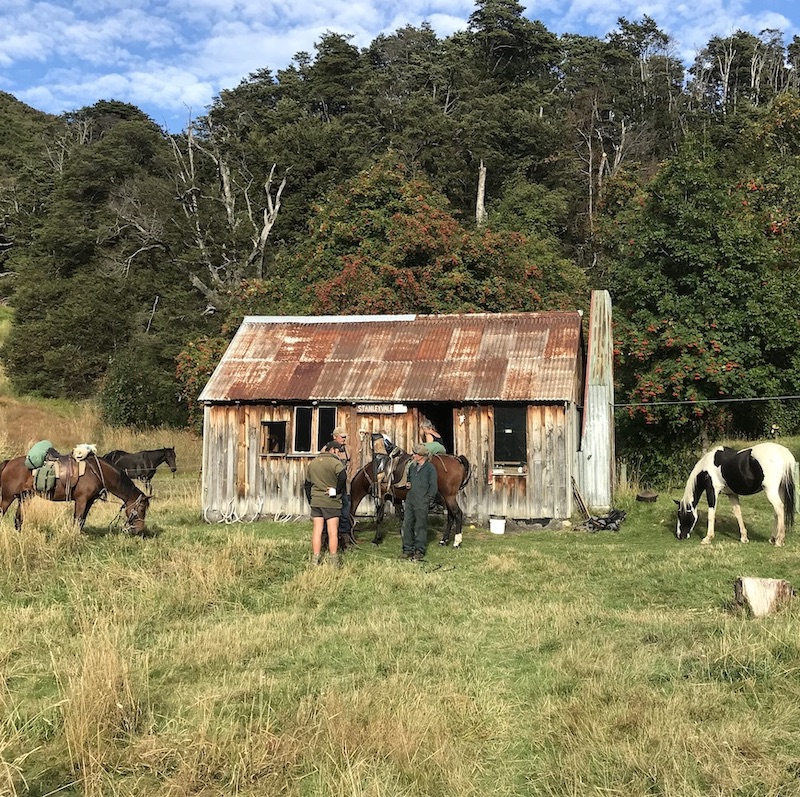
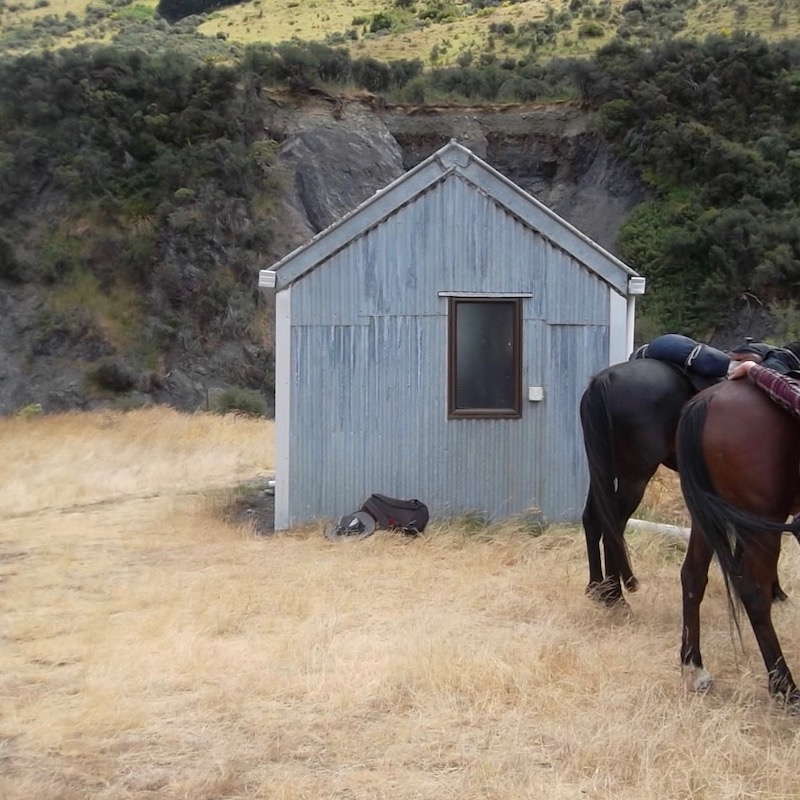
Scotties Camp
Scotties Camp, a historic musterers’ hut, is an easy 3.5 hour ride up the Edwards Valley from the St James Homestead, situated just at the foot of the road up to Charlies Saddle.
There is a holding paddock with a small seasonal spring at the rear but the Edwards River flows beside the hut for access to water. You need to take insect repellant as sandflies are prolific.
It has 4 bunks, a table, an outside fireplace (but very little wood), a solar light and a modern toilet outside. It is maintained by the Christchurch 4WD Club. Take a cooker.
As there is vehicle access to this hut, it is often full on long weekends, but there is ample room to put up a tent.
Lake Guyon Hut
This old NZ Forest Service hut is beside the idyllic Lake Guyon. There is no holding paddock here because DOC prefer that horses base themselves 30 mins away at Stanleyvale Hut. However, you can tether horses or electric fence them on the grassy flats around the hut if you wish (preferably away from the vicinity of the hut).
Sandflies are a little more prolific near to the lake though. It has 6 bunks, a wood burner and a long drop toilet.
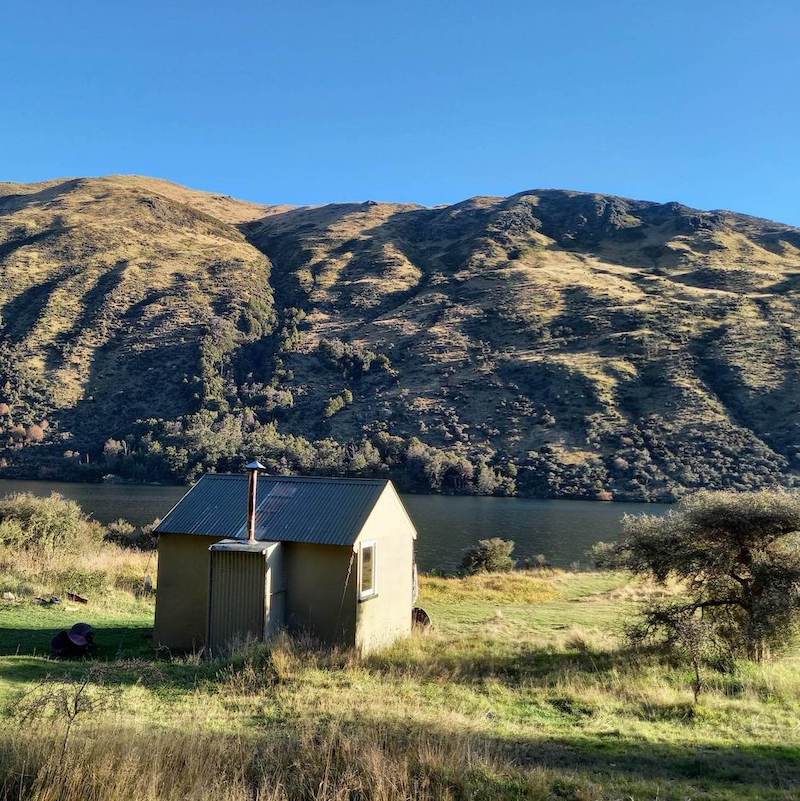

Pool Hut
Pool Hut is a basic historic hut on the true right of the Waiau river near to the confluence with the Stanley River. It does not have a holding paddock but there are kanuka trees to tie to.
There are 4 bunks and a bench but no fire. A spring is the water supply 20m northwest of the hut.
Christopher Hut
Christopher Hut is 1 hour up the Ada River from the Ada homestead. It is part of the St James Walkway.
It is a serviced hut with wood burner, running water, 20 bunks and firewood. There is a holding paddock.
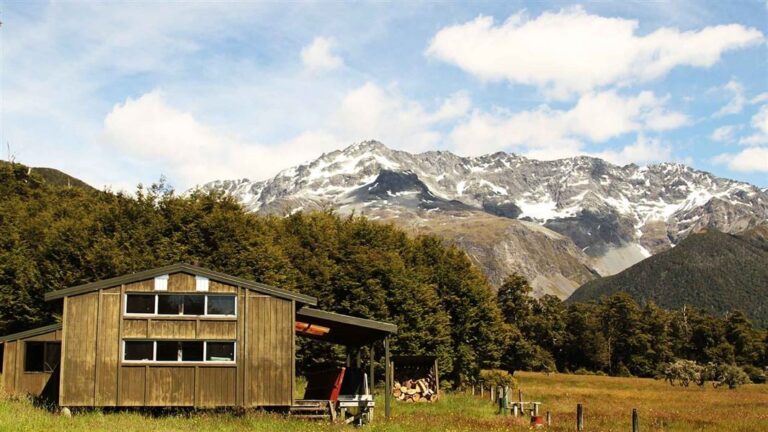
Jervois Hut
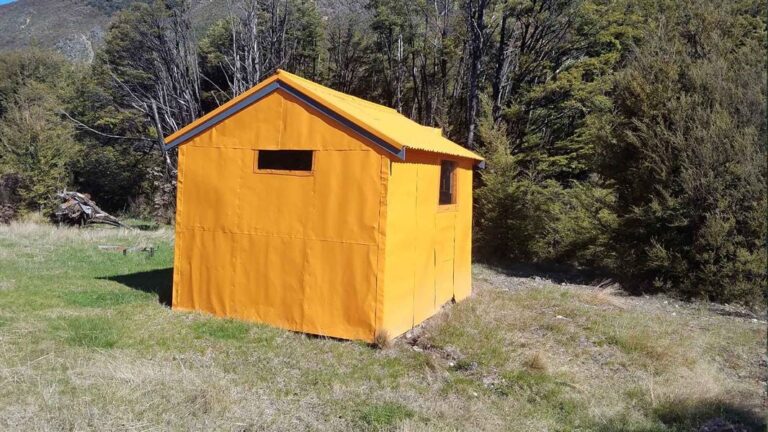
Jervois Hut is a basic hut 1.5 hours up the Jones stream from the confluence with the Waiau River, 500m downstream from the McArthur cycleway bridge.
There is no toilet but a shovel is provided, an open fire and 3 canvas bunks. There is a holding paddock.
Rokeby Hut
Rokeby Hut (pictured) is an historic hut between the Anne Saddle and Boyle Flat Hut. There is no toilet, 4 canvas bunks and no holding paddock. There are plenty of trees to tie up to.
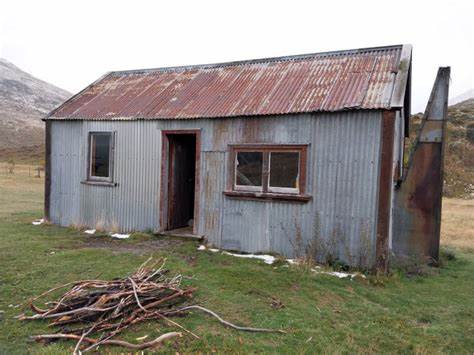
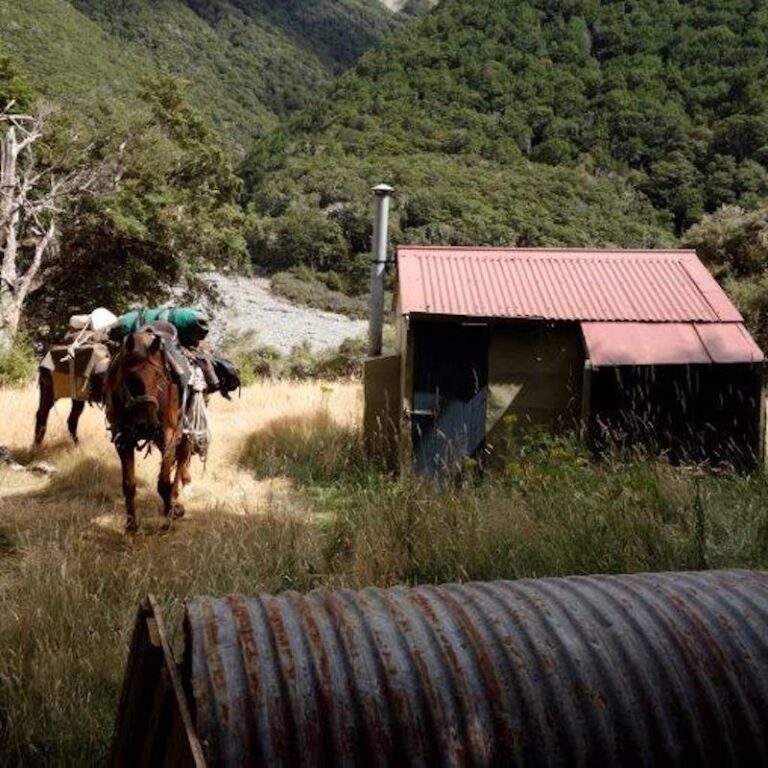
Fowlers Hut
Fowlers Hut (pictured) is an historic rabbiters hut situated beside the Tophouse Road approximately half way between the St James Homestead and Lake Tennyson. You start from here to ride over Fowlers Pass.
There is a large holding paddock with running water. The hut has no bunks, but there is a fireplace, a table and forms and a modern toilet outside. If you want a fire, take your own firewood. (It is very cold at night between April and December).
There is ample off road vehicle and float parking. Please park floats in the paddock and not beside the hut.
Boyle Flat Hut
Boyle Flat Hut is just over half way between Anne Saddle and Magdalen Hut at the bottom of the Boyle Gorge. It is a serviced hut and has a holding paddock on the river terrace below the hut.
NB the paddock is by the river in a steep-sided valley and so is much cooler than the hut site. It pays to take a rug in autumn and spring for your horse.
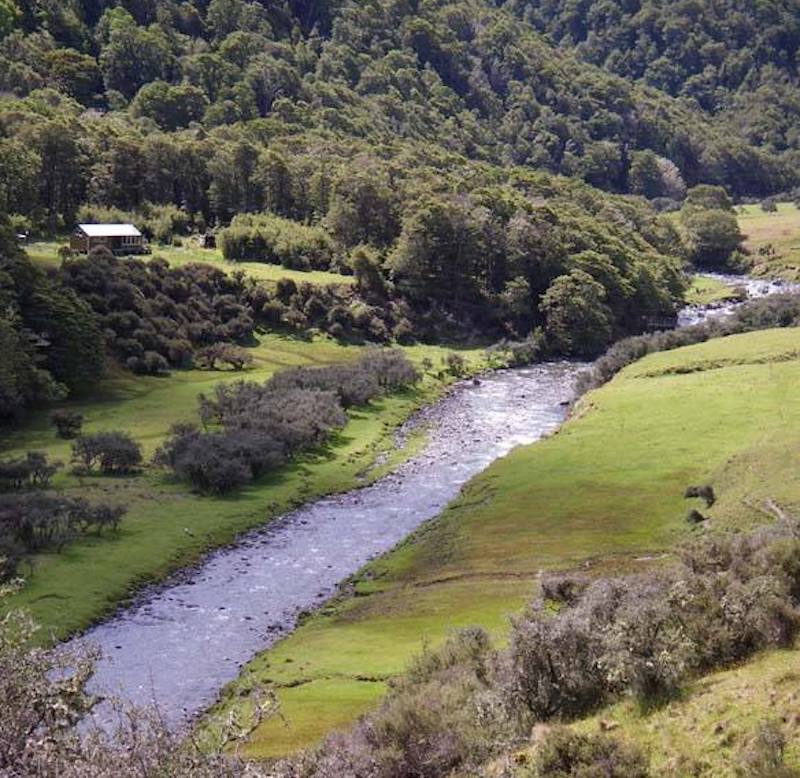

Anne Hut
Anne Hut is situated 3 hours up the Henry River from the Waiau confluence near the Anne River. It is a large modern serviced hut and is part of the St James Walkway.
Although there is no holding paddock at the Anne Hut, there is a good paddock 15 mins away upstream (follow the walking track down to the river looking across the river at the base of the hill). You will see the old hut site and the horse paddock beside the Anne River. People often tent camp there to stay with the horses.
Magdalen Hut
Magdalen Hut (pictured) is a 6 bunk hut with a wood burner, a long drop toilet and a large holding paddock near the bottom of the Boyle Gorge.
Steyning Hut
Steyning Hut is a DOC hut on Glenhope Station land. There are 6 bunks, a wood burner and long drop but no holding paddock. You need permission from Glenhope station to cross their land: contact Todd & Sandra Alfield (03 315 7697) or [email protected]

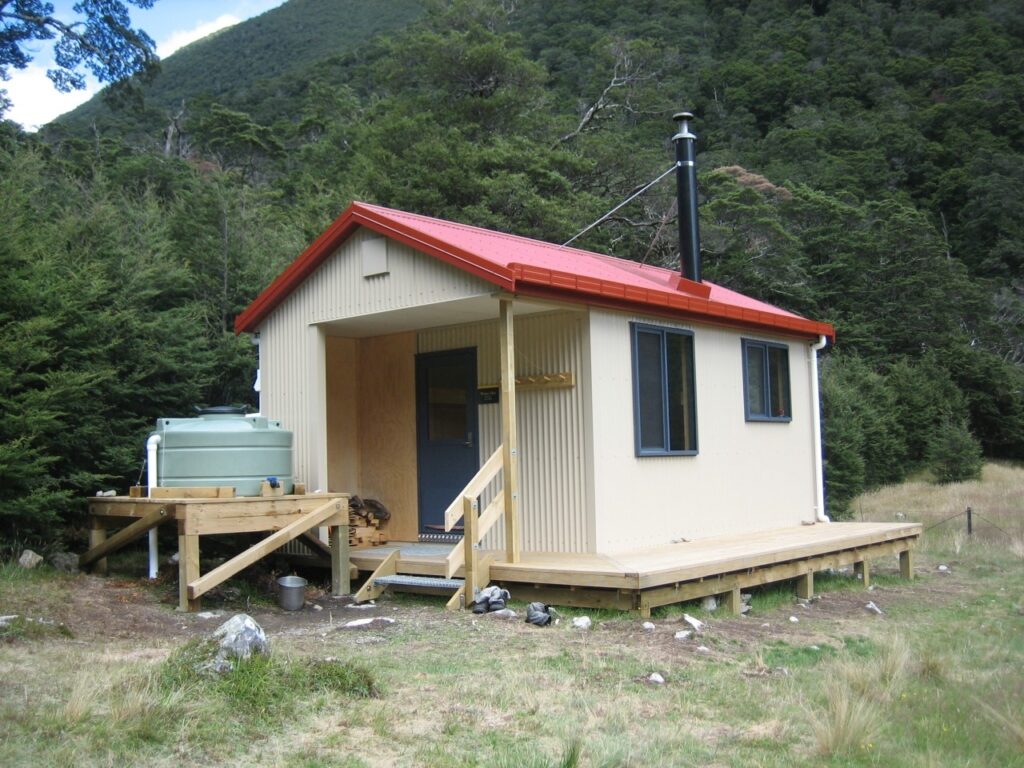
Waiau Hut
This 6 bunk hut is 2.5 hours up the Waiau from the bottom of Maling Pass. It is on the Te Araroa track and is usually full.
There is no paddock but there is ample area to put up a portable horse paddock.
Where there is no paddock
Where there is no paddock, there are essentially two options:
1. High-tying the horses (see right) – make sure your horse is comfortable with this before you set out. You will need to take a suitable rope with you unless there are handy trees.
2. Making a paddock with electric fence kit that you have taken with you. A few light-weight standards, electric tape and a battery powered unit doesn’t weigh much although the standards are lumpy to carry.
